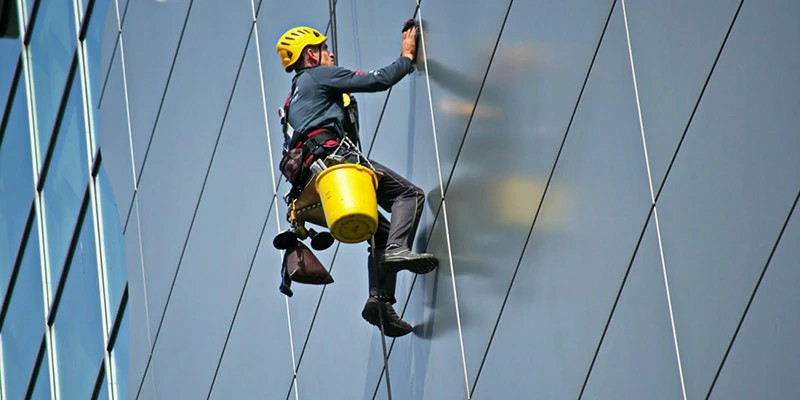Navigating the Weather Maze: Ensuring Safety While Working at Heights
Working at heights presents unique challenges, especially when adverse weather conditions come into play. Understanding how various weather conditions impact safety can significantly reduce the risk of accidents and enhance overall workplace safety. In this post, we will explore the effects of strong winds, rain, snow, and icy surfaces on working at heights and outline best practices for maintaining safety in these conditions.
The Impact of Weather on Working at Heights Safety
The nature of work at heights means that slight changes in weather can lead to substantial safety concerns. Here’s a breakdown of how different weather conditions can impact safety:
1. Wind
- The Risks: High winds can disrupt stability, especially for those working on ladders or scaffolding. Sudden gusts can lead to falls or loss of control over tools and equipment.
- Mitigation Measures: Monitor wind speed regularly and adhere to safety guidelines that restrict work during high wind conditions. Use fall protection equipment and secure loose items that might be blown away.
2. Rain
- The Risks: Rain can create slippery surfaces, increasing the likelihood of slips and falls. Visibility can also be reduced, which adds to the risks involved.
- Mitigation Measures: Ensure that all climbing equipment is non-slip and fitted with appropriate safety grips. Utilize rain gear and consider delaying work if conditions worsen.
3. Snow and Ice
- The Risks: Snow and ice can obscure surfaces and make ladders and stairs particularly hazardous. The weight of snow on structures can also pose stability issues for workers.
- Mitigation Measures: Remove any snow and ice from surfaces before starting work. Use ropes and harness technique to enhance safety during slippery conditions.
4. Extreme Temperatures
- The Risks: High temperatures can lead to heat-related illnesses, while extreme cold can cause frostbite and hypothermia.
- Mitigation Measures: Provide training on recognizing the signs of heat stress and cold exposure. Ensure adequate hydration and encourage regular breaks in comfortable environments.
The Importance of Working at Heights Training
Proper training is critical when it comes to ensuring safety while working at heights, especially in adverse weather conditions. Here’s why:
- Comprehensive Knowledge: Workers trained in safety protocols are better prepared to face the challenges of unpredictable weather. Understanding risks associated with wind, rain, and ice is key to preventing accidents.
- Equipment Familiarity: Safety training includes proper usage of personal protective equipment (PPE) and fall protection gear tailored for various weather scenarios.
- Emergency Preparedness: Training empowers workers to respond effectively in emergencies caused by adverse weather, from evacuation procedures to first aid.
Best Practices for Safe Working at Heights in Adverse Weather
To ensure the safety of workers at heights during inclement weather, here are some best practices to integrate into regular operations:
- Maintain a weather monitoring system to stay informed about sudden changes that could impact work.
- Implement a buddy system to ensure that workers can support each other and quickly respond to hazards.
- Conduct regular safety drills to prepare for adverse weather conditions and establish clear communication protocols.
- Invest in ongoing Working at Heights training to emphasize the importance of safety and adapt to seasonal changes in weather.
Conclusion: Invest in Safety Training Today!
Understanding how weather conditions affect safety when working at heights is crucial for preventing accidents and ensuring a safe working environment. Investing in comprehensive Working at Heights Training equips workers with the knowledge and skills necessary to navigate adverse weather safely. Don’t leave safety to chance—enroll in a Working at Heights Course and become certified today!
For questions or to get started on your journey to safer working conditions, reach out to us at [email protected].



 349,500 Offered Certificates
349,500 Offered Certificates
 24/7 Online Training
24/7 Online Training
 Money Back Guarantee
Money Back Guarantee
 Fully Accredited Courses
Fully Accredited Courses
